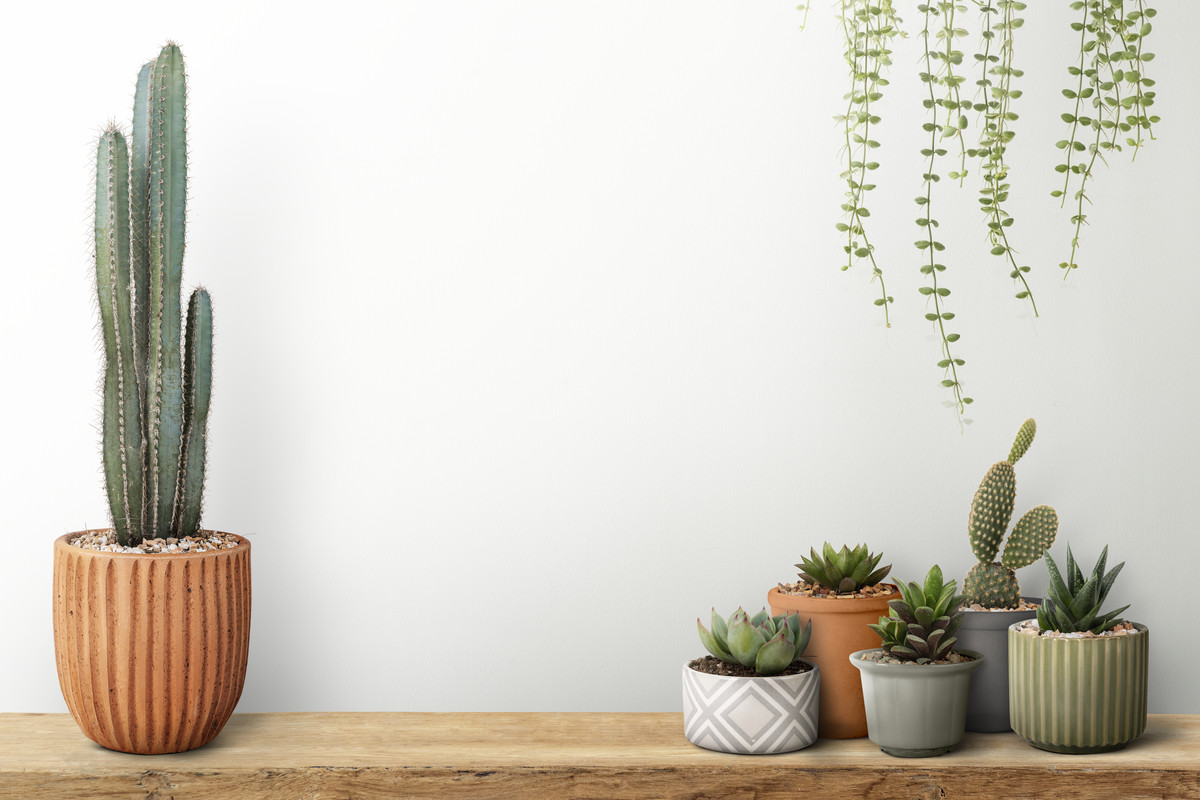
1. Submerged and Overwatering:
a. Overdoing it:
Symptoms include wilting, yellowing leaves, and continuously moist soil.
Solution: Let the ground dry out in between applications of water. Make sure the plant has drainage holes in its container and give it regular, thorough watering. Repot in soil that drains well, if possible.
c. Diving Below:
Signs include drooping leaves, brown or yellow margins, and dry soil.
Solution: When the top inch of soil is dry, properly water the plant. Keep an eye on the plant's water requirements in relation to its particular demands and the surrounding circumstances.
2. Inadequate Drainage: Signs include soggy ground, bad odor, and fading foliage.
Repot the plant in a container with holes for drainage as a solution. Pick a potting mix that drains properly to avoid standing water at the bottom of the container.
3. Inappropriate Light Levels: Signs include yellow or pale leaves, lanky growth, and a generally feeble look.
Solution: Decide if the plant needs low, medium, or high light levels, then set it up in the proper area. If there is not enough natural light, think about adding artificial grow lights.
4. Inadequate of a Nutrient: a. Low Nitrogen:
Symptoms include reduced development and the early yellowing of older leaves.
Solution: Apply a balanced, nitrogen-rich water-soluble fertilizer to the plant. Observe the suggested frequency and dose.
b. Inadequate Iron:
Symptoms: Interveinal chlorosis, or young leaves becoming yellow while the veins stay green.
Solution: Choose a fertilizer that has more iron or take iron chelate supplements. Maintain ideal pH ranges (6.0–6.5) to improve iron availability.
b. Additional Nutrient Inadequacies:
Symptoms include yellowing leaves, growth retardation, and general ill health.
Use a fertilizer that is well-balanced and contains vital micronutrients as a solution. To detect certain nutrient deficits and modify your fertilizer appropriately, think about doing routine soil testing.
5. Pest Infestation: Yellow patches, webbing, or sticky residue on leaves are signs of infestation.
Solution: Determine the pest's identity and choose a suitable treatment, such as neem oil, insecticidal soap, or natural predators. Examine your plants often to identify infections early.
6. Disease: Signs include wilting, yellow or brown patches, and a general reduction in the health of the plant.
Solution: Determine if the illness is bacterial, viral, or fungal, then use the proper fungicides or bactericides. Affected plant portions should be removed and disposed of to stop the illness from spreading.
7. Root Problems: Signs include a weak root system, yellowing foliage, and limited development.
Solution: Look for decay or overcrowding at the plant's roots. To encourage strong root development, cut off any damaged roots, repot the plant in new soil, and make sure drainage is adequate.
8. Humidity and Temperature Pressure:
The Stress of Temperature:
Symptoms include yellowing leaves, wilting, and a generally drooping look.
Solution: Keep the plant out of drafts and extreme heat or cold. Keep the temperature steady enough for the particular kind of plant.
Humidity (b) Pressure:
Brown tips, curled leaves, and yellowing are the symptoms.
Solution: Use a humidifier, spritz the plant, or set up a tray of water next to the plant to raise the surrounding humidity levels. Select plants that will thrive in your home's current humidity conditions.
9. Chemical Exposure: Signs and symptoms include leaf browning, yellowing, and generally slow development.
Solution: Place plants away from locations that emit chemicals, such as those used for smoking or harsh cleaning agents. Make sure the inside space has enough ventilation.
10. pH Imbalance: Signs include yellowing leaves, stunted development, and problems absorbing nutrients.
Test the pH of the soil and make any required amendments. Use products that alter pH or certain soil mixtures that are designed to meet the pH needs of your plant.
11. Aging: Symptoms include yellowing and falling lower leaves, particularly in perennial plants.
Solution: To divert the plant's energy into new development, remove any yellowing leaves. Make that the plant is getting the right care and is in good health overall.
Overall Advice:
Frequent Inspection: Keep an eye out for any symptoms of discomfort or yellowing on your plants.
Pruning: Remove yellow leaves to encourage new growth and preserve the form of the plant.
Isolation: To stop the issue from becoming worse, isolate the afflicted plant if you think it may be home to pests or illnesses.
Investigate: Learn about the particular requirements of your species of plants, such as those for water, light, and humidity.
Have patience: It takes time to heal a sick plant. When providing care, use patience and consistency.